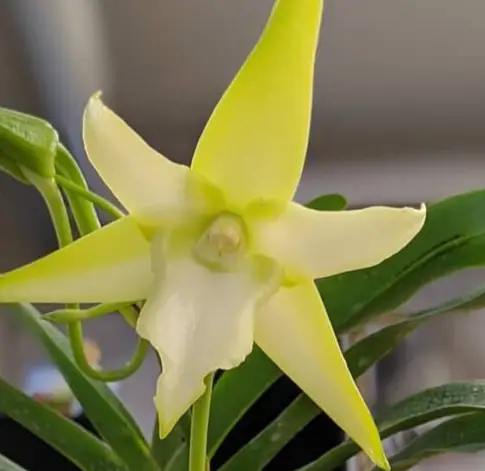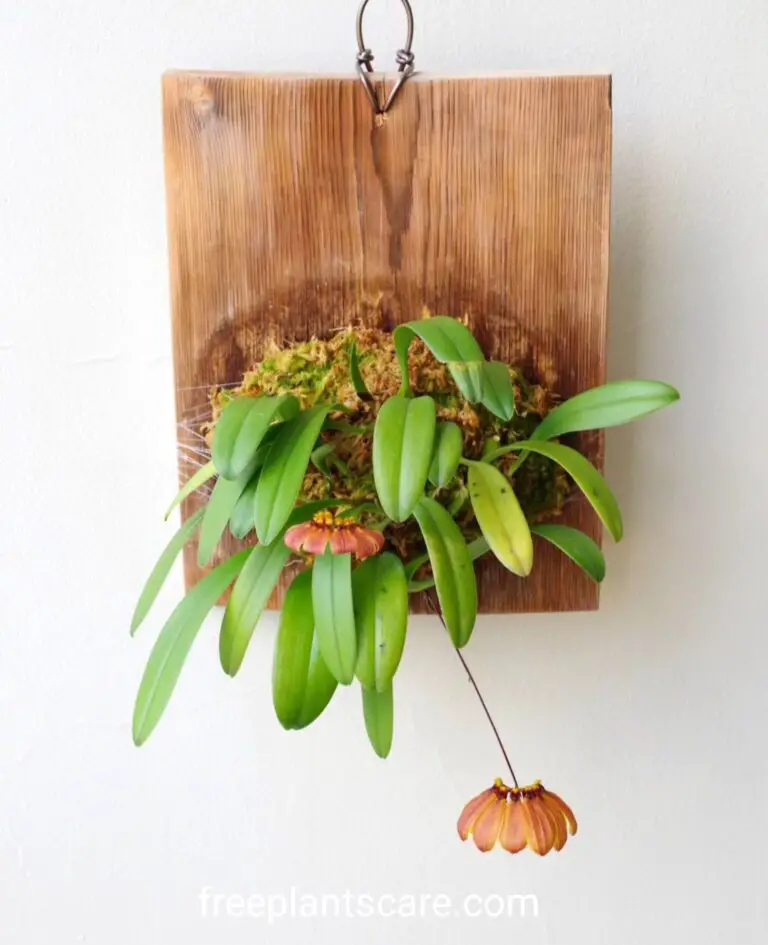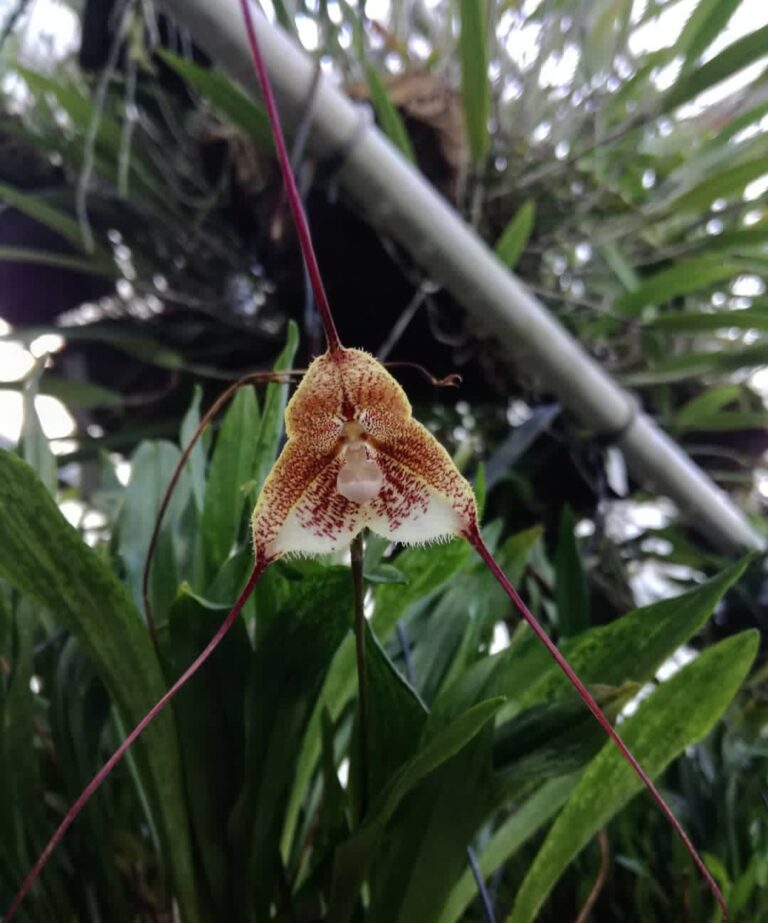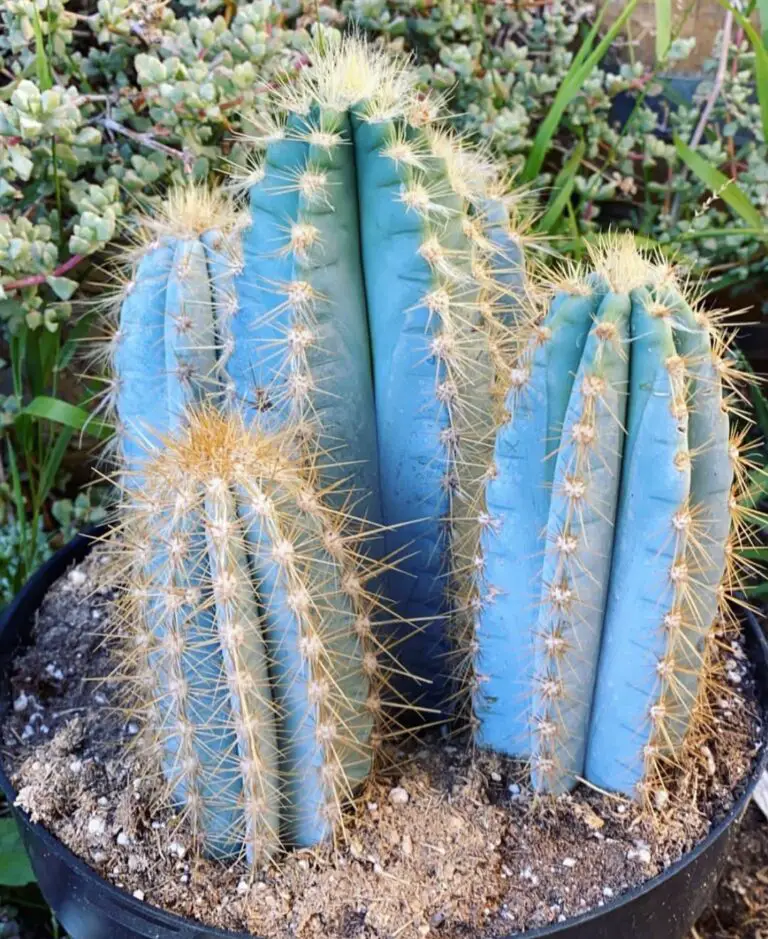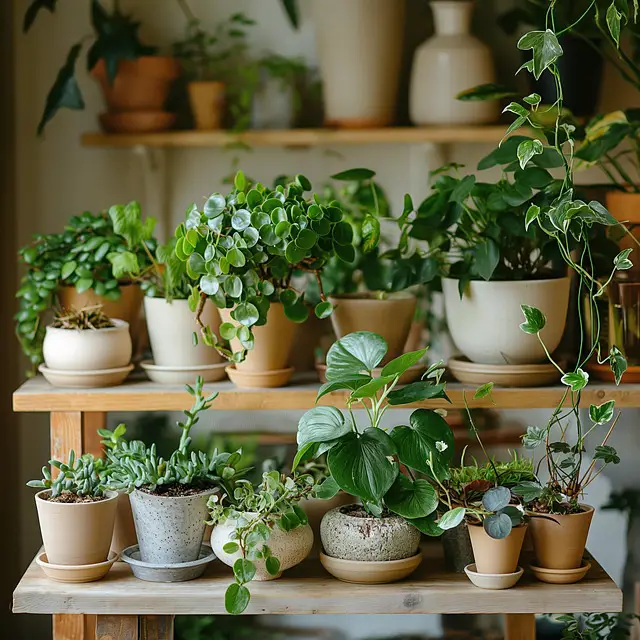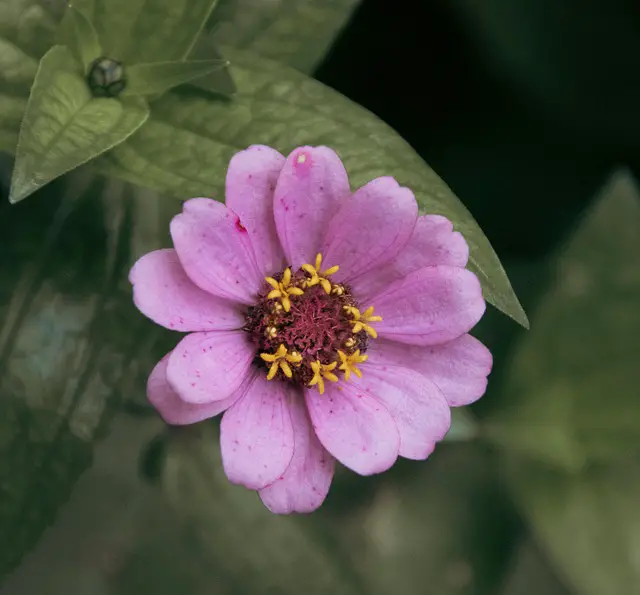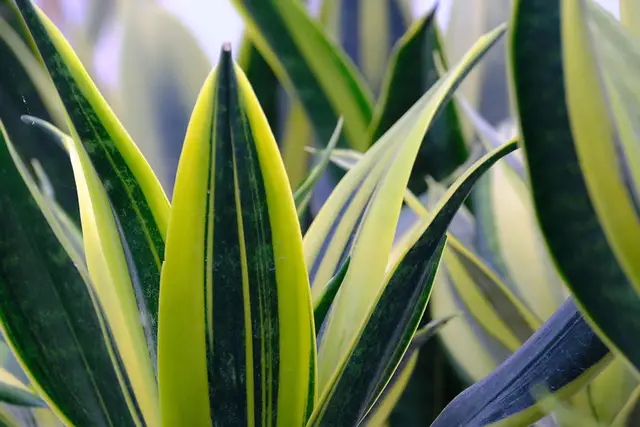Best orchids for beginners should be easy to care for, resilient, and rewarding to grow. If you’ve ever admired the beauty of orchids but hesitated to bring one home, fearing they might be too delicate, you’re not alone. Orchids have an unfair reputation for being finicky, reserved for expert gardeners with specialized greenhouses and years of experience. But the truth is, not all orchids are demanding. In fact, some varieties thrive with minimal effort, making them perfect for beginners who want to enjoy stunning blooms without the stress of complicated care routines.
Imagine having an exotic, long-lasting flower gracing your home, brightening your space with its elegant charm, and requiring no more effort than a typical houseplant. That’s exactly what these beginner-friendly orchids offer! Whether you’re someone who occasionally forgets to water plants, struggles with proper lighting, or is simply looking for a fuss-free introduction to orchid care, there’s a perfect orchid waiting for you. The key is choosing the right type—one that can withstand minor neglect, adapt to indoor conditions, and still reward you with breathtaking flowers.
Orchids belong to one of the largest plant families in the world, with over 25,000 species, but only a handful are truly beginner-friendly. Some orchids, like the Phalaenopsis (also called the Moth Orchid), have become household favorites because of their forgiving nature and ability to bloom for months with minimal care. Others, like the Dendrobium or Oncidium, thrive under varying conditions, making them excellent choices for those just starting their orchid journey. The secret lies in selecting hard-to-kill varieties that are naturally resilient and adjusting care to their specific but simple needs.
In this guide, we’ll explore 10 hard-to-kill orchids that are perfect for beginners. These orchids are not just easy to grow but also forgiving if you make a few mistakes along the way. Whether you want an orchid that thrives in low light, requires infrequent watering, or blooms consistently with minimal effort, you’ll find an ideal match on this list. Let’s dive into the best orchid varieties that even a complete novice can grow successfully!

- 1 Phalaenopsis (Moth Orchid) – The Easiest Orchid for Beginners
- 2 Dendrobium Orchid – Thrives with Minimal Effort
- 3 Cattleya Orchid – The Queen of Fragrance
- 4 Oncidium Orchid – The Dancing Lady
- 5 Ludisia (Jewel Orchid) – Perfect for Low Light
- 6 Brassavola Orchid – The Nighttime Fragrance Star
- 7 Paphiopedilum (Lady’s Slipper Orchid) – Unique and Hardy
- 8 The Epidendrum Orchid: The Everlasting Bloomer
- 9 FAQs: Best Orchids for Beginners
Beginner Orchid Care
| Task | Frequency | Details |
|---|---|---|
| Watering | Weekly (Phalaenopsis: 7–10 days, Dendrobium: 5–7 days) | Water in the morning; allow roots to dry before the next watering. Avoid overwatering. |
| Fertilizing | Every 2 weeks | Use a balanced orchid fertilizer (20-20-20) at half-strength. Reduce in winter. |
| Light Check | Daily | Ensure bright, indirect light. Adjust position if leaves turn yellow (too much light) or dark green (too little light). |
| Humidity Check | Daily | Maintain 50–70% humidity. Use a humidity tray or mist occasionally if needed. |
| Leaf Wiping | Weekly | Gently clean leaves with a damp cloth to remove dust and prevent pests. |
| Repotting | Every 1–2 years | Repot in fresh bark mix when roots outgrow the pot or medium breaks down. |
| Bloom Spike Care | After flowering | Trim the spike above a node to encourage reblooming (Phalaenopsis). |
| Pest Inspection | Weekly | Check for common pests like mealybugs or spider mites. Treat with neem oil if needed. |
Phalaenopsis (Moth Orchid) – The Easiest Orchid for Beginners
The Phalaenopsis orchid, commonly known as the Moth Orchid, is the most popular and easiest orchid for beginners. It thrives in indoor environments and can bloom for several months, bringing lasting beauty to your home. It requires minimal maintenance, tolerates low light, and only needs watering once a week. Phalaenopsis orchids come in various colors, including white, pink, purple, and yellow, making them a versatile choice for any home. Their resilience to beginner mistakes, such as occasional underwatering or missed fertilization, makes them the perfect first orchid for new plant enthusiasts.
Care Tips:
Place in a bright spot with indirect sunlight water when the roots turn silvery-white, and use a well-draining orchid mix. Keep in mind that excessive watering can cause root rot.
Dendrobium Orchid – Thrives with Minimal Effort
Dendrobium orchids are another excellent choice for beginners because they are tough, adaptable, and capable of withstanding various environments. These orchids grow upright on long, cane-like stems and produce stunning flowers in vibrant shades of purple, pink, and white. Unlike some orchids, Dendrobiums can handle periods of dryness, making them less demanding than moisture-loving varieties. They bloom profusely and can flower multiple times a year, providing long-lasting beauty. With their ability to survive in different humidity levels and lighting conditions, they are a foolproof option for those new to orchid care.
Care Tips:
Water only when the potting medium is dry, provide bright but indirect light, and avoid cold drafts. Use a high-nitrogen fertilizer during the growth period.
Cattleya Orchid – The Queen of Fragrance
Cattleya orchids are famous for their large, ruffled, and highly fragrant blooms, making them one of the most rewarding orchids to grow. Their vibrant flowers come in a variety of colors, including yellow, red, purple, and pink, and they make excellent decorative plants. Although they prefer bright light, they are surprisingly hardy and can tolerate occasional neglect. This makes them an excellent choice for beginners who want a fragrant orchid that isn’t too demanding. With the right care, Cattleyas will bloom multiple times a year, filling your home with their delightful scent.
Care Tips:
Let the roots completely dry out in between waterings.Place in bright, indirect sunlight, and ensure proper air circulation around the plant.
Oncidium Orchid – The Dancing Lady
Nicknamed the “Dancing Lady Orchid” because of its delicate, fluttering blooms, Oncidium orchids are a fantastic addition to any beginner’s collection. These orchids are known for their vibrant, speckled flowers, often in shades of yellow, red, and brown. They are incredibly resilient and can tolerate slight neglect, making them an ideal choice for first-time orchid growers. Unlike some orchids that require constant attention, Oncidiums can go a bit longer without water, as they store moisture in their pseudobulbs. Their impressive floral displays and easy-going nature make them a favorite among beginners.
Care Tips:
Keep in bright, indirect light, water when the potting mix is dry, and provide good airflow to prevent fungal issues.
Ludisia (Jewel Orchid) – Perfect for Low Light
Unlike other orchids that are grown mainly for their flowers, the Ludisia orchid, or Jewel Orchid, is prized for its stunning, velvety foliage. This orchid thrives in low-light conditions, making it perfect for homes with limited sunlight. Its dark, almost iridescent leaves feature beautiful red or gold veins, giving it a striking appearance even when it’s not in bloom. Unlike most orchids, it doesn’t require a special bark mix and can be grown in regular potting soil. Its adaptability to different environments and forgiving nature make it a great orchid for beginners who don’t want to worry about light conditions.
Care Tips:
Water when the topsoil feels dry, keep in indirect or artificial light, and maintain moderate humidity.
Brassavola Orchid – The Nighttime Fragrance Star
Brassavola orchids are fragrant night-blooming orchids that release a sweet, citrus-like scent after the sun sets. They produce elegant, white flowers that contrast beautifully against their slender green leaves. These orchids are exceptionally hardy and can survive in various lighting conditions, making them an excellent beginner orchid. Unlike some species that require constant humidity, Brassavola orchids can tolerate occasional drying out. They are a fantastic choice for anyone who wants an easy-to-grow orchid with a delightful fragrance that fills the air during the evening hours.
Care Tips:
Water when the roots turn silvery-white, provide bright light, and use a well-draining orchid mix.
Paphiopedilum (Lady’s Slipper Orchid) – Unique and Hardy
The Paphiopedilum orchid, commonly known as the Lady’s Slipper Orchid, is one of the easiest orchids to grow because it thrives in lower light and prefers consistently moist conditions. Unlike most orchids, it doesn’t have pseudobulbs, so it relies on its roots to store moisture. This means it requires regular watering, but the tradeoff is that it’s less prone to drying out. Its unusual pouch-like flowers make it one of the most distinctive orchids available. If you want an orchid that requires minimal maintenance and adds a unique touch to your collection, this is a fantastic choice.
Care Tips:
Keep the soil slightly moist, avoid direct sunlight, and use a well-draining potting mix.
The Epidendrum Orchid: The Everlasting Bloomer
Epidendrum orchids are often called “Reed Orchids” because of their thin, reed-like stems. These orchids are one of the most reliable bloomers, often producing colorful clusters of flowers throughout the year. They are also incredibly hardy and can tolerate a wide range of growing conditions, making them one of the easiest orchids for beginners. They can be grown both indoors and outdoors, and they don’t require the strict humidity levels that many other orchids demand. If you’re looking for a low-maintenance orchid that blooms frequently, Epidendrum orchids are an excellent choice.
Care Tips:
Water when the potting medium is dry, provide bright, indirect light, and fertilize regularly during active growth.
Final Thoughts: Which Orchid is Best for You
If you’re new to orchids, the Phalaenopsis and Dendrobium orchids are the easiest to care for. For those who love fragrance, Cattleya and Brassavola orchids are great choices. If you prefer something unique, Paphiopedilum or Ludisia will add variety to your collection. No matter your preference, there’s an orchid that will thrive in your home with minimal care.
FAQs: Best Orchids for Beginners
What are the best orchids for beginners?
The best orchids for beginners include Phalaenopsis, Dendrobium, and Oncidium. These orchids are easy to care for, requiring minimal maintenance. They thrive in indirect light and moderate humidity, making them ideal for beginners who want a beautiful and low-maintenance orchid
Why is Phalaenopsis considered one of the best orchids for beginners?
Phalaenopsis orchids are among the best orchids for beginners because they are resilient, bloom for months, and require basic care. They thrive in indoor conditions, needing only weekly watering and indirect light. Their forgiving nature makes them perfect for first-time orchid growers.
How often should I water the best orchids for beginners?
The best orchids for beginners typically need watering once a week. Overwatering is a common mistake, so allowing the roots to dry between watering is essential. Phalaenopsis, for example, prefers slightly moist roots but should never sit in standing water.
What is the easiest orchid for beginners to grow indoors?
The easiest orchid for beginners is the Phalaenopsis, which is widely regarded as one of the best orchids for beginners. It thrives in household temperatures, adapts to different lighting conditions, and blooms for long periods, making it ideal for novice growers.
Do the best orchids for beginners need special potting mix?
Yes, the best orchids for beginners require a well-draining potting mix. AIt works well to combine bark, sphagnum moss, and perlite. Avoid regular soil, as it retains too much moisture, which can lead to root rot in beginner-friendly orchids like Phalaenopsis and Dendrobium.
How much light do the best orchids for beginners need?
The best orchids for beginners need bright, indirect light. Ideally, they should be placed close to a window that faces east or south. Direct sunlight can scorch their leaves, while too little light may prevent blooming. Phalaenopsis and Oncidium orchids do well in moderate light conditions
Can I grow the best orchids for beginners without a greenhouse?
Yes! The best orchids for beginners thrive in regular home environments. Phalaenopsis and Dendrobium orchids adapt well to indoor conditions, requiring only proper lighting, watering, and humidity. A greenhouse is not necessary, making these orchids perfect for beginners.
What temperature is best for the best orchids for beginners?
The best orchids for beginners prefer temperatures between 65–75°F (18–24°C). Avoid sudden temperature changes, as orchids like Phalaenopsis and Oncidium are sensitive to extreme fluctuations. Consistent warmth encourages healthy growth and long-lasting blooms.
Do the best orchids for beginners need humidity?
Yes, the best orchids for beginners require 50–70% humidity. If your home is dry, use a humidity tray or mist the orchids occasionally. Phalaenopsis and Dendrobium orchids benefit from moderate humidity, but avoid excessive moisture to prevent fungal issues.
How do I fertilize the best orchids for beginners?
The best orchids for beginners should be fertilized with a balanced orchid fertilizer (20-20-20) every two weeks during active growth. Use a diluted solution to prevent root burn. Reduce feeding in winter when growth slows, ensuring healthy blooming cycles.
Do the best orchids for beginners rebloom easily?
Yes! The best orchids for beginners, like Phalaenopsis, rebloom with proper care. After flowering, trim the spike just above a node to encourage new blooms. Consistent lighting, proper watering, and occasional fertilizing promote multiple blooming cycles.
Can the best orchids for beginners be grown in water?
Some of the best orchids for beginners can adapt to water culture. Phalaenopsis orchids, for example, can be grown in a semi-hydroponic setup where roots are periodically exposed to water. However, traditional potting in bark is still recommended for long-term health.
Are the best orchids for beginners safe for pets?
Most of the best orchids for beginners, including Phalaenopsis and Dendrobium, are non-toxic to pets. However, curious cats and dogs might chew on leaves, which can cause digestive discomfort. Keeping orchids out of reach ensures both plant and pet safety.
Where can I buy the best orchids for beginners?
The best orchids for beginners are available at garden centers, nurseries, and online stores. Phalaenopsis and Oncidium orchids are commonly sold in supermarkets, making them accessible for beginners looking to start their orchid journey.
What are the common mistakes when caring for the best orchids for beginners?
Overwatering, poor lighting, and using regular soil are common mistakes when growing the best orchids for beginners. Understanding their specific needs ensures healthy growth and long-lasting blooms, making orchids an enjoyable plant even for novice growers.

